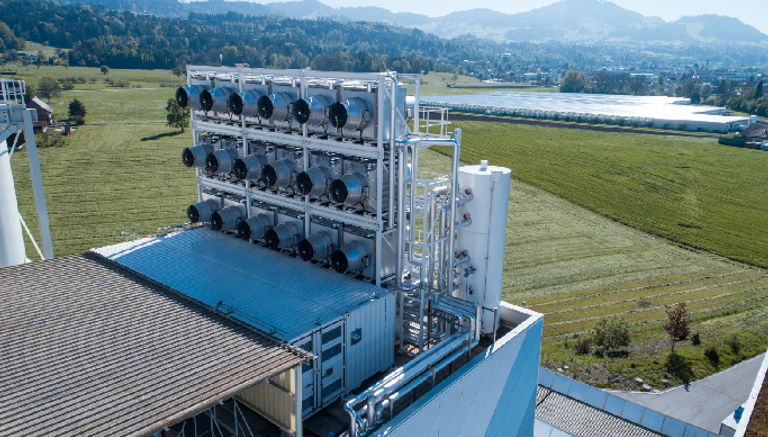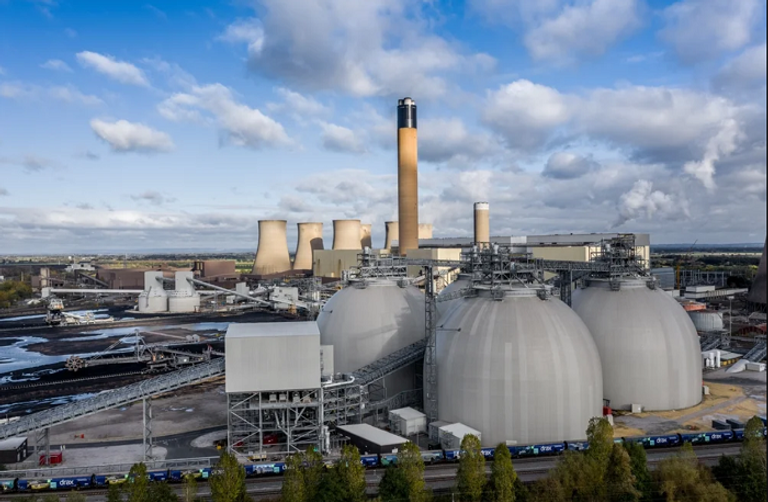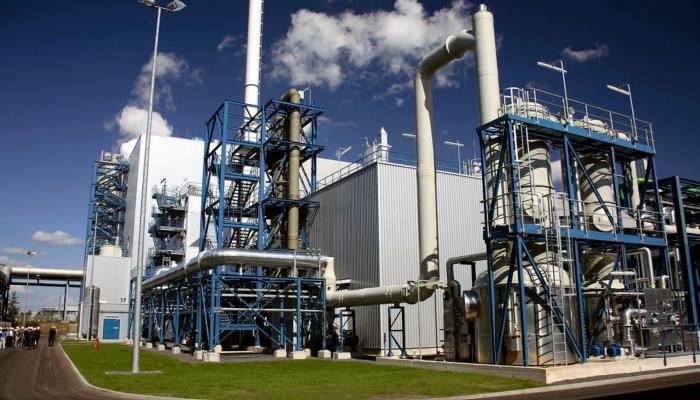While there are almost daily reports of deals and investments in “carbon sequestration” technology, one international report questions the effectiveness of this method.
Carbon capture is a process in which carbon dioxide is isolated and buried in the ground, after separating the gas in the reservoirs as it is emitted from power plants, and this aims to mitigate the global temperature rise that threatens the future of the human life on Earth.
There are two main types of carbon capture and storage, carbon capture and storage (CCS) or carbon capture and storage (CCS) or air capture.
About 14 days ago, Reuters released a report on some new investments in this field, including the agreement of the Norwegian carbon dioxide storage company, Northern Lights, to store the emissions emitted by the Dutch fertilizer producer Yara, starting in 2025.
The same report also provided details of the major industries that emit carbon dioxide and the efforts made for sequestration, as cement and concrete production, according to the report, accounts for about 8% of global carbon dioxide emissions.
The report pointed out that the World Cement and Concrete Association recently announced a roadmap for achieving net zero cement by 2050 and committed to delivering 10 industrial-scale carbon capture facilities by 2030.
The report also touched on the steel industry, which is an energy and carbon intensive industry due to the use of fossil fuels such as coal to run blast furnaces.
The report refers to data from the World Steel Association, which confirmed that to meet the emissions targets, 75% of the carbon dioxide produced globally must be captured by the sector, which is equivalent to 14 carbon capture steel plants. built annually from 2030 through 2070 and currently are in the world’s only large-scale steel plant with carbon capture and storage.

ArcelorMittal, one of the largest steel producers in the world, last year signed a memorandum of understanding with Air Liquide, a French industrial gas company, to develop carbon capture technologies to produce low-carbon steels.
Among other industries, cited in the report, are “oil and gas,” and he said: “Until recently, capturing carbon from fossil fuels and injecting it underground was a way to extract more oil from old wells, and there are many proposals to build carbon capture and storage centers, of which few are outside development.
He added that many large energy companies are now incorporating carbon capture and storage into their plans to reduce emissions, but the lack of carbon trading markets or tax incentives to make investments feasible has hampered its development.
Among ongoing projects, Occidental Petroleum, together with private equity firm Roshen Capital, is developing a direct air capture plant in Texas that will remove approximately one million tons of carbon dioxide from the atmosphere each year.
Finally, the report notes that parts of the mining industry see carbon capture and storage as a way to reduce emissions in coal-fired power plants, the main source of electricity in the Australian mining hub.
Some mining companies are also investigating ways to replace natural gas, which produces no carbon emissions when it is burned.
Rio Tinto, one of the largest mining companies in the world, said it will invest $ 4 million in a carbon capture company that is developing technology to chemically absorb and chemically bind carbon dioxide from the atmosphere, thereby storing it permanently in the atmosphere. rocks.

Despite the tangible movement in this file, a recent report released by the Institute for Energy Economics and Financial Analysis (IEFA) in Canada revealed some hurdles that make carbon sequestration projects a practical solution.
According to the report, captured carbon dioxide will need to be monitored for centuries to ensure it doesn’t escape into the atmosphere, and these technologies require huge costs that companies may not be able to afford.
“Although there is evidence of the role of this technology in some sectors where it is difficult to mitigate emissions such as cement, fertilizers and steel, the overall results indicate a financial and technical picture that continues to underperform,” the report says.
Another challenge is that the capture of reused carbon in oil extraction, a technology known as advanced oil recovery, has accounted for approximately 73% of the carbon dioxide sequestered globally in recent years.
The report states that about 28 million tons of the 39 million tons seized globally are repompelled and isolated in oil fields to extract more oil.
The report added that EOR itself leads to direct and indirect carbon dioxide emissions.
For other industries, which do not use carbon directly and resort to storage, the biggest challenge for them, according to the report, is finding suitable storage sites for carbon sequestration.
As a result of these challenges, the report found that of the 13 projects examined during the preparation of the report, 7 were underperforming, two projects failed and one project was stopped.
Between the tangible shift towards more investment in carbon sequestration and this disappointing report, others argue that there are models of success, which the report does not address, such as the Norwegian sites “Snowfit” and “Sleipner” as examples of carbon storage. success.
“Let’s be realistic … the world will not sacrifice its economic activity to reduce carbon emissions, so carbon sequestering activities are the practical solution,” says Mohamed El-Hagry, a researcher at the Desert Research Center in Egypt and a of those responsible for a climate change adaptation project.
Al-Hajri added, in statements to “Al-Ain News”: “Instead of questioning technology, we should work on evaluating experience, treating the negatives and reinforcing the positives, because in my opinion it represents one of the practical solutions. “
–


